- Call us now
- (813)-928-5785
- Email at
- TreeSquirrelz@gmail.com
Soil Aeration
(De-Compaction)
Radial Trenching
Root Collar Excavation
Natural native soils are the result of thousands of years of biological, chemical and physical weathering (erosion of bedrock). Geologically, soils are dominated by the parent material within a given region. The ideal soil for the growth of trees and plants is composed of 50% solids, 5% to 10% of which is organic matter, and 50% pore space for oxygen and water infiltration and percolation.
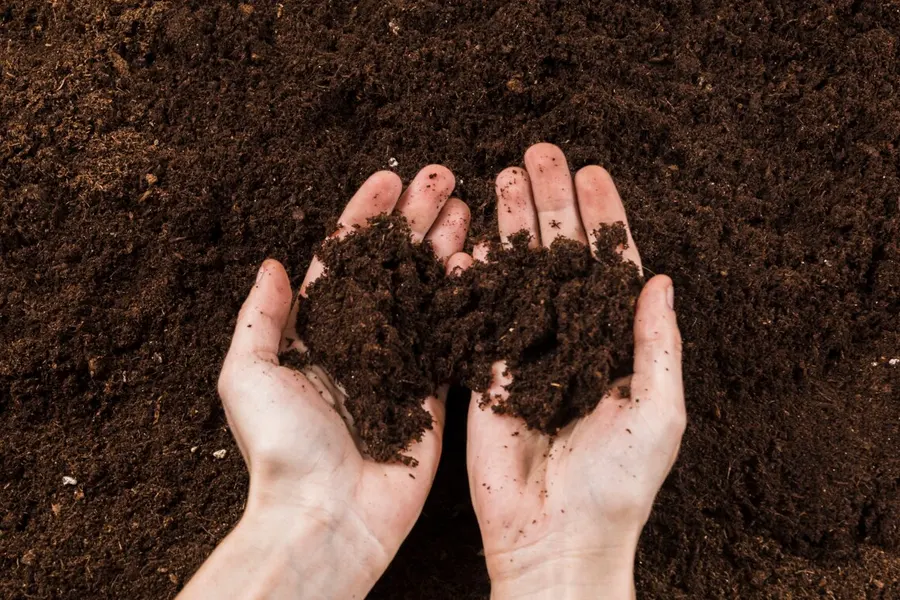
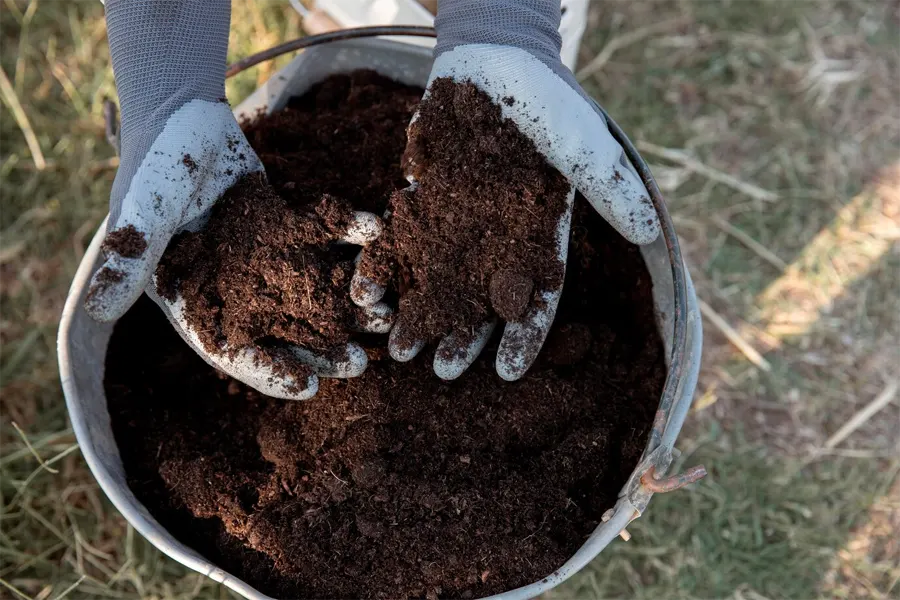
This Soil Is of Poor Quality and Is Typical of Developed Areas
Urban soils however, typically contain 10% to 20% pore space and very little organic matter. It’s no wonder we have so many problems with the trees in our urban environments. It has been said grow soil and the trees will take care of themselves. Indeed there is merit to that statement.
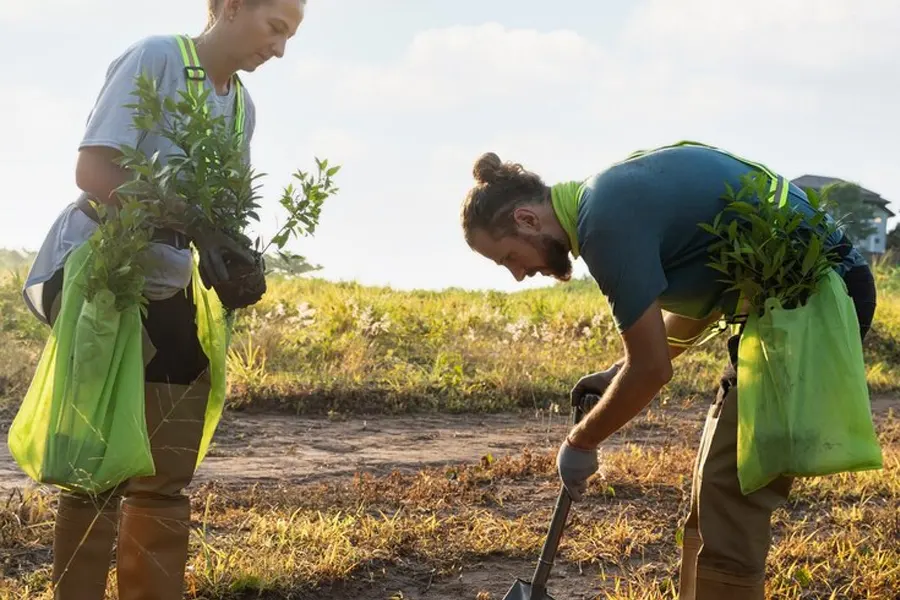
Microscope View of Beneficial Soil Microbes in This Case Azospirilum and Mycorrhizae
Another factor influencing the health of a soil, is the abundance or lack of the various microbial populations (i.e. mycorrhizae, soil arthopods, nematodes, worms and various protozoa).
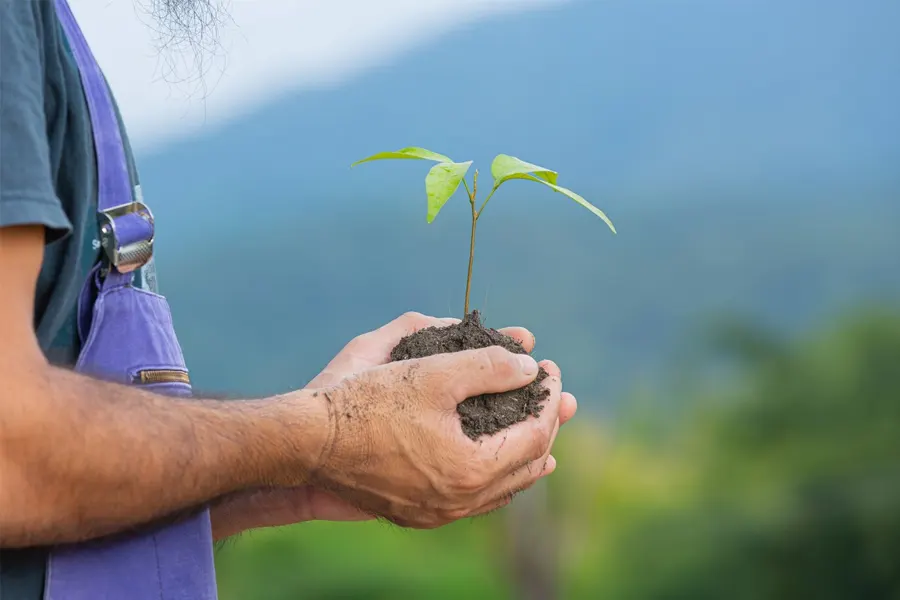
Over time soils develop layers called horizons due to rainfall, heating and cooling, chemical reactions and biological activities. These horizons collectively make up the soil profile.
In natural forest settings, the soil profile is usually not disturbed to the point of serious compaction. Trees and soils are so ecologically interdependent, that it is hard to imagine separating them from one another. Truly the soil is the foundation on which a tree lives and grows. If we can grow healthy soil the trees will take care of themselves.

Side by Side Comparison of Poor Soil vs Good Soil

The soil horizons or profile
In the built urban environment, soil compaction has indeed become one of the biggest problems, often caused by activities such as land clearing, construction, grading and tilling coupled with vehicular and foot traffic and the presence of engineered soils to support roads and buildings etc.

This diagram shows a comparison of non-compacted soil aggregates and the effect of soil compaction on soil structure
All these factors combined serve to compress and compact soil particles into tighter and tighter arrangements thereby squeezing out available oxygen. Pushed to the extreme an overly anerobic situation is created, where growing conditions range from unfavorable to antagonistic or marginal at best. Although certain trees have a habit of developing root systems close to the soil surface, many times this is caused by the trees reaction to growing in compacted, less then favorable soil.
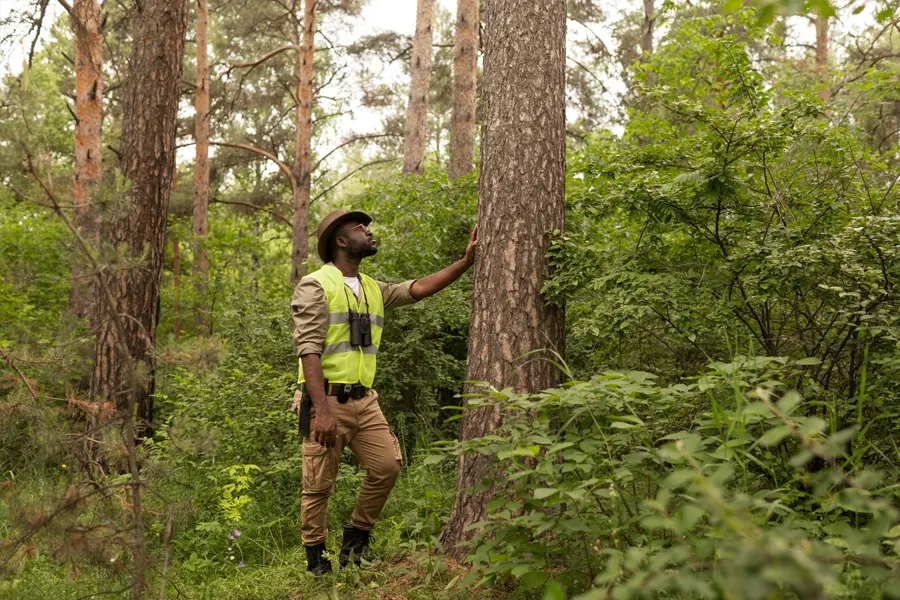
Under anerobic conditions different types of micro-organisms primarily bacteria take over. Certain root decaying organisms thrive at low soil oxygen levels. Tree roots are capable of unconstrained growth at about 15% soil atmosphere. When oxygen levels drop below 5%, root growth stops. When oxygen levels continue to drop below 2%, tree roots inevitably decline and die.
If your tree is exhibiting symptoms of dieback or decline it is of ultimate importance to get a professional evaluation, as there are many tree diseases and disorders that can mimic symptoms of other problems and can be very difficult to diagnose by the untrained person. If you have questions pertaining to the health or condition of your tree, don’t hesitate to call us. We can assist you in diagnosing the problem and in determining whether or not you’re tree is savable, and thereby suggest the proper course of action to be taken. Also we can provide a proper treatment regimen to restore a sickly tree to a more optimal state of health. After all we’re in the business of saving trees.
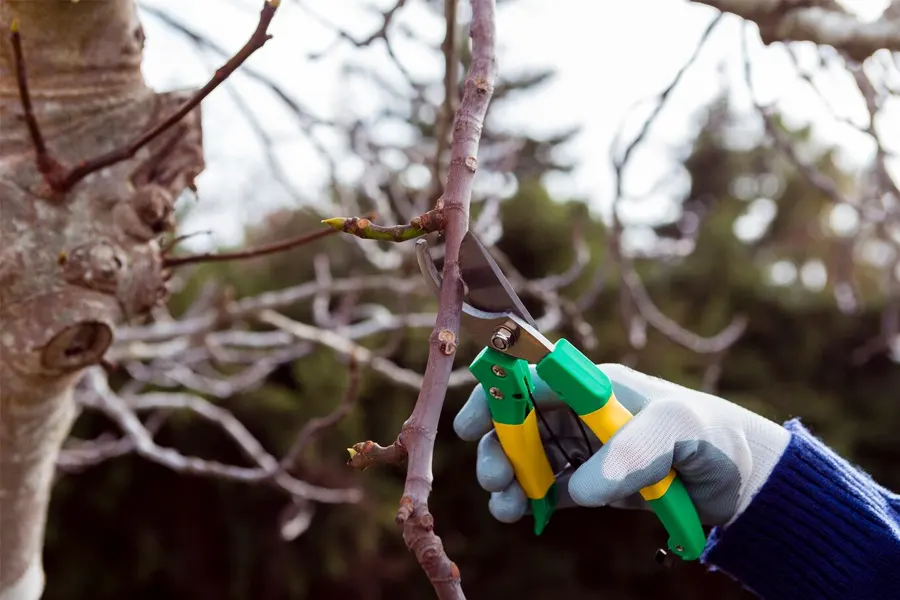
Fertilizing

The first year or two after planting is the most important time for watering and fertilizing. By this time, a young tree is getting its roots established and developing it’s limb structure. Providing care at this critical time will ensure bountiful rewards in the future with stronger, better shaped, more pest and disease resistant trees and shrubs. A good root system is the key to a healthy tree, and there should be a fairly balanced ratio between shoot growth and root growth.
Fertilizers come in a wide array, but there are two basic types that is organic (natural) and inorganic (chemical). All organic compost and fertilizers are derived from living material and contain the most essential building block of life carbon. Many people have become confused over the relative merits of organic versus inorganic aids for trees and shrubs. Most organic aids are generally longer lasting, and are considered more to be soil builders and thus they improve soil quality over time. Compost and manure, are good examples of organic soil builders. Working this organic matter into the soil before planting is the best basis for ensuring good growth and a healthy start for young trees.
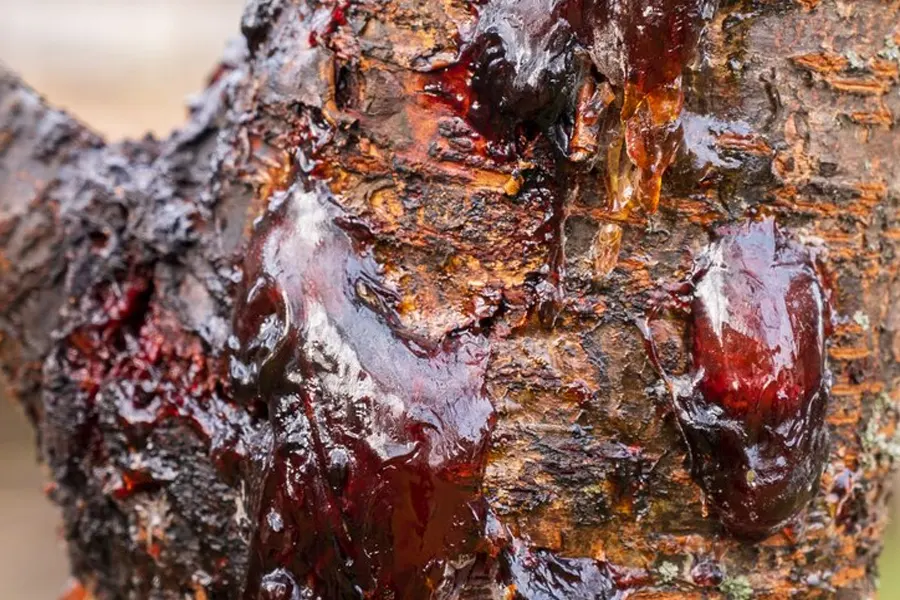
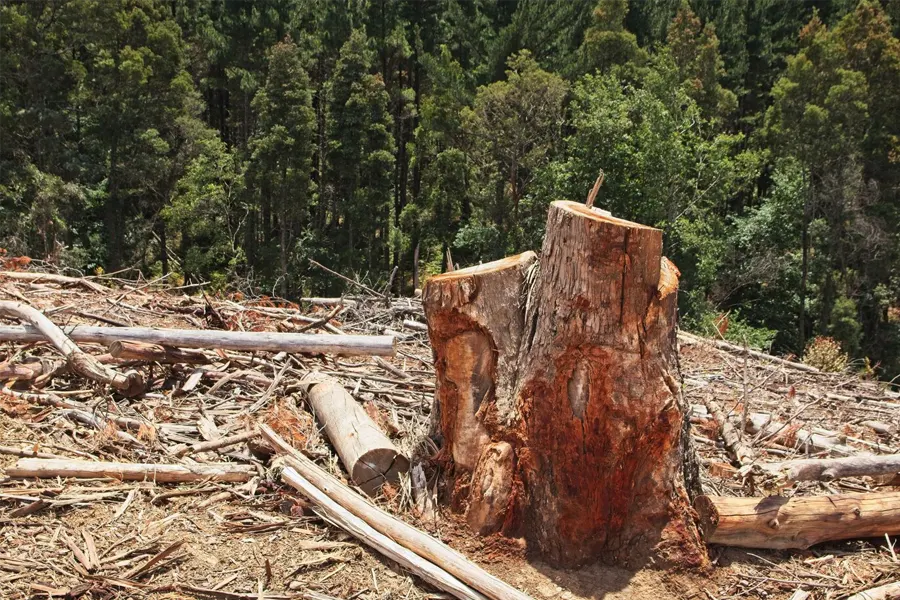
Inorganic or (chemical) fertilizers as they are commonly known are a great way to provide a quick pick-me up or booster shot and can induce a temporary growth spurt.
Unlike organic fertilizers, these are derived from mineral sources and so they do not maintain the essential humus levels on which the continued health of the soil depends. For that organic material is needed. Happily trees and shrubs supply their own humus by dropping their leaves and twigs. Leaving these to decompose where they fall is one of the few times in life that laziness is rewarded.

The results you achieve with your trees, is directly related to the degree of fertility in the soil, which is influenced by the type and amount of nutrients available. For instance, approximately 1/7 of protein is nitrogen, which is the element most used by all trees and green plants. It is important for both growth and development.
Some Characteristics of Bio-Fertility Are:

1. Bio-fertility is self sustaining, as long as organic material is available in the soil or from living roots.
Leaving the leaves where they fall is a great way to keep the soil healthy.

2. Bio-fertility does not leach from the soil in significant amounts, because it is absorbed as soon as it is produced.
A micorrhizal root under magnification.

3. Bio-fertility does not contribute to ground water contamination.
Excess fertilizer salts transported by storm water run-off is one of the major causes for ground water contamination.

4. Bio-fertility does not produce sudden growth spurts because it builds and accrues gradually.

5. Bio-fertility is compatible with chemical fertility.
Interaction between tree roots and mycorrhizae
Man Testing Soil There are many fertilizer manufacturers that produce chemical fertilizers with added mycorrhizal inoculants.
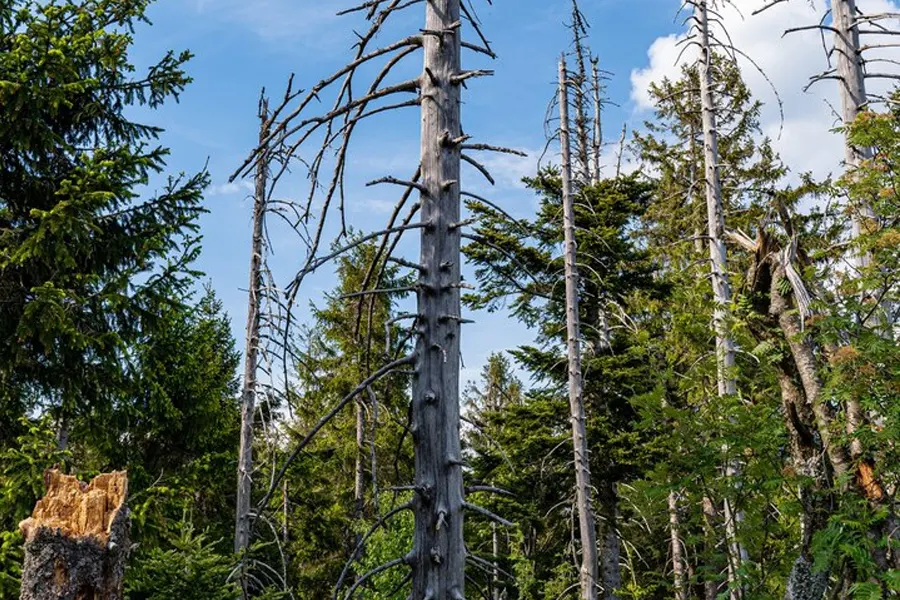
6. Bio-fertility is created in small amounts, and is localized in the immediate root zone (rhizosphere) where it is needed.
Like air and water, the soil is a precious resource, but it is not an unchanging resource. On the contrary, the quality of the soil in any one location can change dramatically in a relatively short time. Our urban environments are a good example of this. Soils in natural undisturbed forest areas generally contain robust and diverse populations of mycorrhizal fungi. In urban areas however activities such as site development, tilling , topsoil removal, grading, digging, and soil compaction destroy many of these beneficial fungi.
